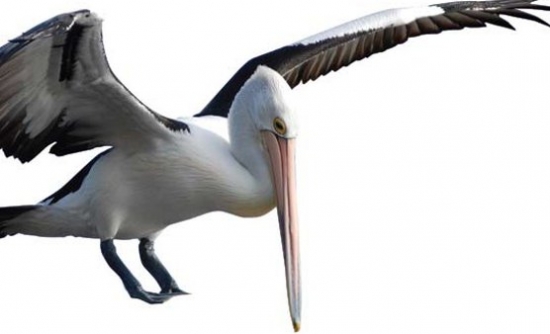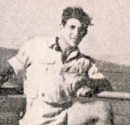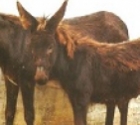
In the months of spring and autumn the air in the Hula Valley fills with the birdsong of flying visitors from all ends of earth stopping over in safe waters and fertile fields on their world journey. For man, it is a magical experience to view.
A few sentences in the daily newspaper caught my eye stating that the biannual migration of the pelicans and cranes was taking place at the time of publication – October 2010. This eternal path, whether to the Northern or Southern hemisphere, brings generation after generation to pause for days, weeks, and in some cases months in the ecological wonderland of our Hula valley.
It is of interest to know a bit of the history of this region. The valley which travels down the center of Israel traverses the Indian Ocean to continue on its journey as the Great Rift Valley of Africa. When the Israeli pioneers descended on the new State of Israel and examined the malaria infested Hula valley they decided to drain the swamps and prepare the fertile land for agriculture. This endeavor cost many lives –pioneers dying from malaria. The further cost of interfering with nature was only counted later when it became obvious that the ecosystem of the region had been badly affected by man’s interference.
When the opportunity arose after particularly heavy rains in the region to rehydrate some of the areas formerly drained, this route was chosen and we, the residents of this interesting land, are left to enjoy the result of this partial return to nature. It comes in the form of the shallow but richly important Agmon lake.
The thousands of birds that twice a year desiccated the farmers’ fields in the nearby reclaimed agricultural lands in their search for food to sustain them on their long journeys created another real problem. Special grain was planted to attract the birds on designated land, and quantities are even to this day being regulated to ensure the protection of the farmers' produce, as well as allowing adequate food for the birds. So much for the human contribution – it is the birds themselves that provide the magic of a very special experience for man as they enjoy their stopover in safe waters and fertile fields.
For an unsurpassed treat, plan a trip to the Agmon-Hula Reserve with a few hours available to enjoy the biannual migration of the birds. It is in the months of spring and autumn that the air fills with the birdsong of our visitors from all ends of the earth. Early in the morning, as they leave the safety of the shallow Agmon lake, large flocks fly overhead as you travel around that picturesque part of our country. But I want to share with you the special magic of eventide as the birds come back to roost in the safety of the water haven, enjoying the protection of their numbers.
On our visit to the Agmon-Hula Reserve, our party of four hired electric golf cars which are very easy to drive to traverse the marked routes in silence amongst the few cyclists who choose that mode of transport. A number of hide-outs and observation points are on the route where volunteer guides are at the ready to answer all queries and to share with spectators their telescopic lenses focussed on interesting bird life in the lakes. The cacophony of bird sounds that blend into the wind and the sunset is like a symphony of nature where human communication is whispered so as not to interrupt the birds. It truly is the subtle sound of silence. Often your attention is drawn upwards searching for the origin of the unusual sound of hundreds of wings fluttering above you. The large white-bellied pelicans are easy to identify as are the masses of European cranes - but the skies are filled with many smaller varieties too, all benefitting by their stopover in Israel as they descend onto the fields and waters of the Hula valley. The natural order of that descent is like watching an ornithological ballet. There may be families of only 3-4 birds, or there are larger groups flying in formation or even massive gatherings of 40 or more birds in the familiar ‘V’ shape circling around awaiting their chance to land.
Reminiscent of busy airports, the groups of birds fly in one at a time as if responding to the call of a master air controller guiding them on a landing path. They hover briefly as you watch and then gently descend into the water. By nightfall, with darkness, the birds completely cover the surface and rest descends on the whole region as the moon shines down on this marvel of nature.
Privileged to see them on their way down to Africa in October – we are already planning to go back in April when they will be returning on their way to Europe. Witness to their stopover is one of those amazing, unexpected experiences that fills your soul with awe.
 AMIT DRESSLER - HELPING THE LESS FORTUNATE
AMIT DRESSLER - HELPING THE LESS FORTUNATE ESRA VOLUNTEER AWARD WINNERS 2010
ESRA VOLUNTEER AWARD WINNERS 2010 FACT OVERWHELMS FICTION
FACT OVERWHELMS FICTION A new website in English - on Volunteering - Launched in Israel
A new website in English - on Volunteering - Launched in Israel Help Needed for Abused Horses and Donkeys
Help Needed for Abused Horses and Donkeys Heather's Heseg
Heather's Heseg Lynette Karp
Lynette Karp